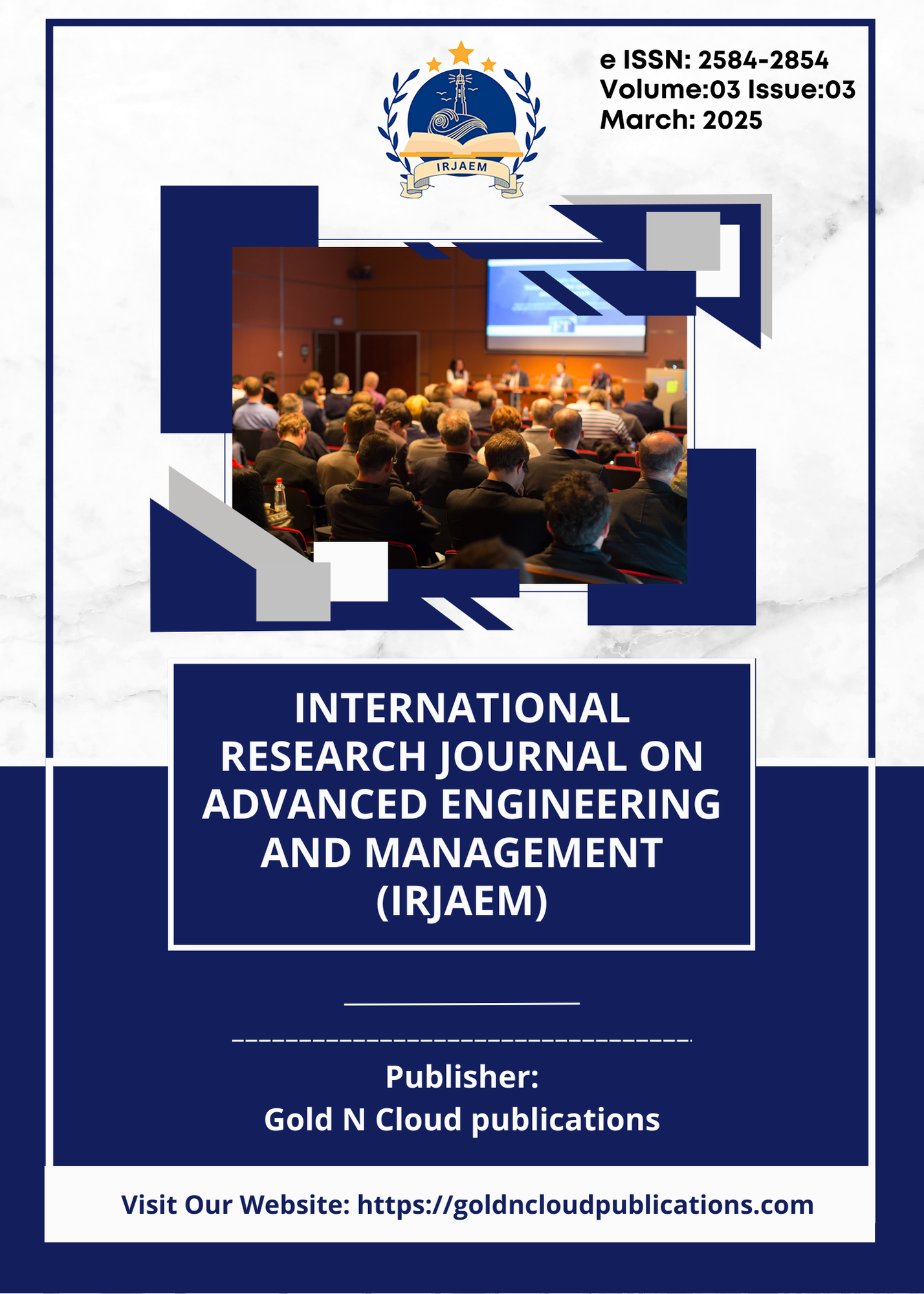Sustainable Growth Through Eco-Tourism in Sikkim
DOI:
https://doi.org/10.47392/IRJAEM.2025.0119Keywords:
Sikkim, Eco-tourism, Sustainable Development, Economic Growth, Environmental Conservation, Tourism Impact, North-Eastern IndiaAbstract
Sikkim, nestled in the north-eastern corner of India, is a region of unparalleled natural beauty, boasting snow-capped mountains, lush forests, and vibrant biodiversity. The state's rich ecological heritage, including the iconic Kanchenjunga peak and a variety of flora and fauna, makes it a prime destination for eco-tourism. Tourism, particularly eco-tourism, is a growing field that not only helps preserve nature but also provides economic benefits to local communities. By attracting visitors who seek to experience pristine nature and contribute to local economies, eco-tourism creates opportunities for both environmental conservation and community empowerment. This study aims to explore the role of eco-tourism in driving sustainable economic growth in Sikkim. The focus of the study is to understand how eco-tourism can balance the preservation of Sikkim's rich natural resources while fostering economic opportunities for its local population. By examining the economic benefits, job creation, and environmental preservation associated with eco-tourism, the study seeks to provide a comprehensive assessment of the sector’s potential in contributing to long-term development in the region. The importance of this research is that it shows how eco-tourism can contribute to the economic development of places like Sikkim, which are rich in biodiversity but often overlooked in mainstream development efforts. This research is conducted through secondary data sources, including government reports, academic articles, and case studies on eco-tourism in Sikkim. The findings will provide valuable insights into how eco-tourism can contribute to sustainable development in one of India’s most ecologically sensitive regions.
Downloads
Downloads
Published
Issue
Section
License
Copyright (c) 2025 International Research Journal on Advanced Engineering and Management (IRJAEM)

This work is licensed under a Creative Commons Attribution-NonCommercial 4.0 International License.


 .
. 